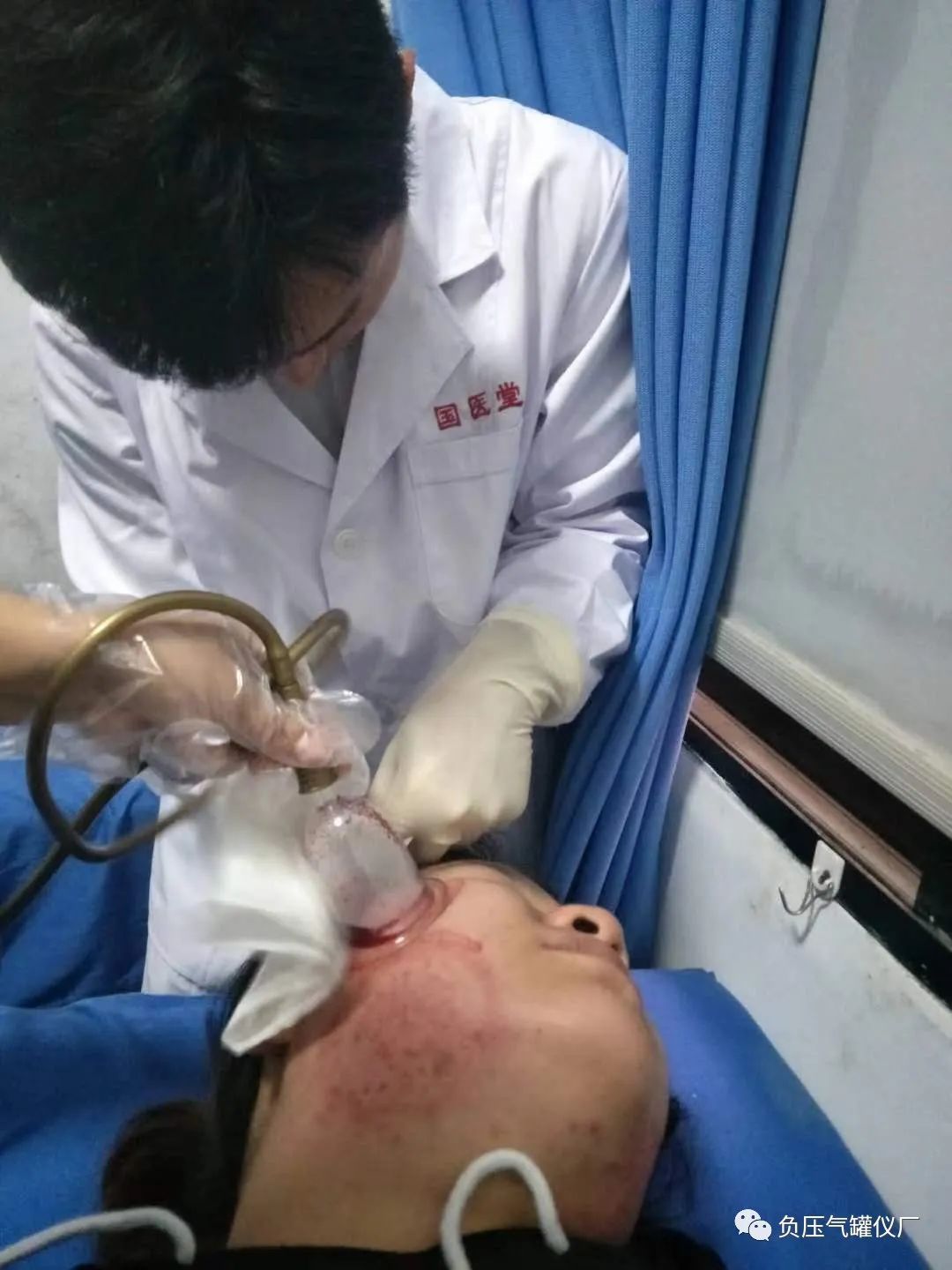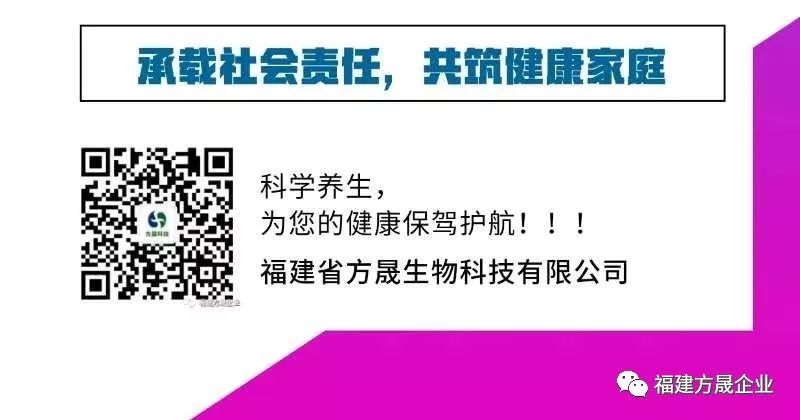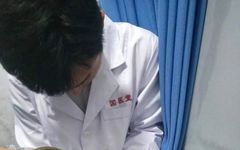Bloodletting Therapy
Bloodletting, commonly referred to as “bloodletting therapy” or “pricking blood,” involves using a sharp instrument (generally a three-edged needle) to puncture a blood vessel at a specific site on the patient’s body, allowing a small amount of blood to flow out for therapeutic purposes. Bloodletting is one of the oldest medical practices in human history, with significant historical importance in ancient Chinese medicine as evidenced by the use of stone needles and the nine needles, as well as records in the “Huangdi Neijing” (Yellow Emperor’s Inner Canon). The “Lingshu: Xiaozhenjie” states, “If the condition is chronic, bloodletting should be used to eliminate it.”
The “Jia Yi Jing” also states: “The meridians are abundant, vertically and horizontally red, with no fixed locations above and below; small ones are like needles, larger ones like tendons; pricking and draining them is comprehensive.” This illustrates the application and importance of bloodletting. The areas for bloodletting generally fall into three major categories: meridians, collateral vessels, and subsidiary collaterals. Collateral vessels are small veins, while subsidiary collaterals are terminal capillaries, which are not prominent when there are no pathological changes. Pathological changes may present as small red worm-like shapes, red thread-like forms, or white stripes, hidden under the skin or exposed. The meridians refer to larger veins, which are particularly prominent and purplish-blue in color, often in a state of engorgement, commonly referred to as “blue veins.” This condition often occurs in the Weizhong (委中), Chize (尺泽), and the outer sides of the limbs, and can also occur in the scapula and abdominal wall. The most important and commonly used method in bloodletting is venous bloodletting.
01
Common Sites and Indications for Venous Bloodletting
01
The cubital fossa is a historically common site, corresponding to the Chize (尺泽) and Quxie (曲泽) acupuncture points, where bloodletting is performed on the engorged blue veins. Indications: respiratory and heart diseases (especially effective for angina), cholera, heatstroke, upper limb rheumatic neuralgia, frozen shoulder, and hemiplegia.
02
The popliteal fossa corresponds to the Weizhong (委中) acupuncture point, showing excellent results and is the most commonly used site. Indications: enteritis, hemorrhoids, low back pain, stiff neck, lower limb rheumatic neuralgia, sciatica, lumbar osteophytes, cervical spondylosis, hypertension, internal wind stroke, hemiplegia, post-encephalitis sequelae, thromboangiitis obliterans, rubella, heatstroke, carbuncles, and urinary retention.
03 The forearm corresponds to the Shousanli (手三里) acupuncture point. Indications: facial carbuncles, furuncles, conjunctivitis, toothache, eczema, urticaria, etc.
04 The lower leg, in the Yangyin area, corresponds to the Zusanli (足三里) and Tiaokou (条口) areas. Bloodletting is performed on the engorged blue veins. Indications: gastritis, gastroenteritis, chronic gastric diseases, chest pain and tightness, chronic bronchitis, erysipelas, multiple radiculitis. In the Shaoyang area, corresponding to the Yanglingquan (阳陵泉) to Yangfu (阳辅) areas, bloodletting is performed on the engorged blue veins. Indications: acute gastroenteritis, pleuritis, heart diseases, chest distension, chronic bronchitis, asthma, sciatica, shoulder and arm pain, migraine, hypertension, etc. In the Taiyang area, corresponding to the Chengshan (承山) acupuncture point, bloodletting is performed on the engorged blue veins. Indications: hemorrhoids, back pain, varicose veins. In the Taiyin area, corresponding to the Yinlingquan (阴陵泉) area. Indications: internal hemorrhoids, external hemorrhoids, dysmenorrhea, infertility, urinary tract infections, acute lymphangitis.
05 The outer ankle area includes the Qiuxu (丘墟) and Kunlun (昆仑) areas. Indications: ankle arthritis, low back pain, sciatica.
06The inner ankle area includes the Zhongfeng (中封) and Zhaohai (照海) areas. Indications: otitis media, hernia, infertility.
07The dorsum of the foot, in the Yangyin area, near the Jiexi (解溪) acupuncture point. Indications: duodenal ulcers, erysipelas, peripheral neuritis, thromboangiitis obliterans, elephantiasis. In the Shaoyang area, corresponding to the Linqi (临泣), Xiexu (侠溪), and Dihui (地五会) acupuncture points. Indications: toothache, sciatica.
08The lateral forehead area corresponds to the Hanyan (颔压) acupuncture point, commonly known as the temple. Indications: headache, dizziness, conjunctivitis, retinal hemorrhage, stroke, asthma, esophageal lesions, etc.
09 The sublingual area corresponds to the special points Jinjing (金津) and Yuye (玉液), i.e., the sublingual purple veins. Indications: laryngitis, speech disorders, stroke, shock, severe influenza, etc.
02
Other common bloodletting sites: In addition to the aforementioned larger venous sites, there are also areas such as the back of the ear, the twelve wells, the ten declarations, the back, the shoulder peak, and the facial area. Due to the difficulty in finding engorged veins or the absence of larger veins in these areas, treatment does not focus on finding engorged veins for bloodletting. Based on accumulated experience, simply needling fixed acupuncture points to draw a small amount of blood can achieve therapeutic goals; these areas are also referred to as fine collaterals. The following explains:
1. Twelve Wells: Refers to the well points of the twelve meridians; indications: stroke, acute inflammation, fever reduction, etc.
2. Ten Declarations: Located at the tips of the ten fingers; indications: stroke.
3. Back of the Ear: There are several small purple veins; bloodletting is performed here; indications: headache, trigeminal neuralgia, conjunctivitis, keratitis, skin diseases, temporomandibular joint inflammation.
4. Facial Area: Cheek, zygomatic, tip of the nose, and nasal wings; indications: headache, trigeminal neuralgia, rhinitis, facial nerve paralysis.
5. Oral Cavity: Oral mucosa; indications: facial nerve paralysis.
6. Shoulder Peak: Corresponds to the Jianyu (肩髃) acupuncture point; indications: yellow water for treating nephritis, black blood for wrist and back pain; shoulder stiffness, frozen shoulder, urticaria, mastitis, etc.
7. Lower Back: All back Shu points are within the range of bloodletting; indications: diseases of various organs and related meridian diseases, bloodletting at the Shu points.
8. Seven Star Points: Includes the total pivot point at the hairline of the neck and one inch below; indications: vomiting (discomfort of the five organs), cold and headache, high fever in children, various wind syndromes in children. Note: The total pivot point is the Fengfu (风府) point of the Governing Vessel, and the dividing pivot point is the Yamen (哑门) point of the Governing Vessel. Although there are seven points, it is not necessary to needle all of them; generally, needling the total pivot (Fengfu) and dividing pivot (Yamen) can achieve therapeutic effects, and pricking to draw blood enhances the effect.
Note: Before needling, sterilize the needles by boiling, and disinfect the needling area with 75% alcohol. Hold the needle with the right hand’s thumb, index, and middle fingers, while the left hand holds the patient’s needling site. For certain acupuncture points, the left hand may need to pinch, press, or lift to facilitate locating the bloodletting point.

1. Depending on the condition, various needling techniques may be selected:1. Slow Needling:Slowly insert the needle into the vein 0.5 to 1 inch deep, then slowly let blood flow out. Suitable for bloodletting in the cubital fossa, popliteal fossa, etc.2. Fast Needling: Quickly insert the needle 0.5 to 1 inch deep, squeezing out a small amount of blood. Suitable for the twelve well points and ten declaration points at the extremities.3. Pricking: Use a three-edged needle to prick small veins, squeezing out a small amount of blood. Suitable for the chest, back, and behind the ear. Pricking is also commonly used for children with malnutrition.4. Surrounding Needling: Surround the area of pain and swelling with needling, often combined with cupping.5. Cluster Needling: Use a three-edged needle to prick multiple times in a small area to induce bleeding. Cluster needling is often combined with cupping.6. Scatter Needling: Also known as leopard spot needling, used for pricking a wider area or along meridians, often combined with cupping or moving cupping methods, and can also be done by hand to induce bleeding.7. Downward Needling: Needle at an angle from bottom to top, and before bloodletting, push from top to bottom to reach the bloodletting point, primarily to eliminate stasis.8. Upward Needling: Needle at an angle from top to bottom, and before needling, push and knead from the needling point up and down to promote blood flow, then needle to expel pathogenic factors.2. Precautions:When using the three-edged needle, do not insert too deeply, and do not let too much blood flow out. Generally, after bleeding, use an alcohol cotton ball to rub and apply pressure to stop the bleeding. All treatment areas must be thoroughly disinfected to prevent infection. For bloodletting, it can be done once a day or every other day; if bleeding is excessive, needle twice a week. For gas expulsion, it can be done three times a day, based on the degree of skin redness. Cupping is often combined, based on the degree of skin moisture.3. Blood Color Differentiation1. Deep Red Blood:When blood is drawn from the needling site and appears deep red, it indicates that the disease is likely a heat syndrome.2. Black Red Blood:When blood drawn from the surface appears deep red, it can be differentiated into external and internal injuries. 1. External injury is generally at the Ah Shi point, often due to qi and blood stagnation, with bruising caused by local collateral blood overflow. 2. Internal injury: Deep injuries in the limbs are often due to blood stasis obstructing the meridians, while injuries in the head and trunk are often due to stasis accumulating in the organs, generally corresponding to pain in the affected organ.3. Light Red Yellow Blood:Generally drawn from the elbow or knee joints, light red-yellow blood often indicates rheumatic arthralgia.4. Blue Purple Blood:When blood is drawn from the back, abdomen, or fingers and appears blue-purple, it often indicates that cold pathogens have invaded the body, harming organ function.4. Blood Dynamics Differentiation1. Clear and Thin Blood:If the blood drawn is clear and thin, it indicates blood deficiency. In clinical practice, if the blood is clear and does not stop, needling should be avoided.2. Thick and Congested Blood:If the blood drawn is thick and easily coagulates, it often indicates qi deficiency and is usually a solid condition. In such cases, bloodletting should be the primary focus, along with tonifying qi.3. Slow Bleeding:If bleeding is slow after needling, requiring several attempts to draw blood, it often indicates qi and blood deficiency, with stasis obstructing the organs, leading to weakened qi and blood circulation. In treatment, it is essential to grasp the relationship between tonification and draining, focusing on expelling gas and invigorating blood.4. Rapid Bleeding:If bleeding is rapid after needling, it often indicates heat excess. In treatment, the focus should be on expelling gas, along with bloodletting to drain heat. For those with habitual skin purpura, needling should be avoided or done cautiously.5. Other Differentiations1. Blood with Pus:If pus-blood appears at the needling site, it often results from external injury with internal toxins or long-term internal injury leading to pus formation. In treatment, the focus should be on pricking to drain pus and detoxify; for deep pus-blood, methods to expel gas and invigorate blood to resolve pus can be used.2. Sticky White Liquid:If a white sticky liquid is drawn from points such as the Sifeng (四缝), back heart, chest, or fish mouth, it often indicates malnutrition in children or dysfunction in the transportation of food and fluids, leading to insufficient blood supply in local collaterals. Needling at points like Sifeng can help tonify the spleen and stomach and replenish deficiencies.3. White Powdery Substance:…This often results from long-term stasis of qi and blood in the collaterals, leading to abnormal circulation and transformation into lumps in the skin. … In folk remedies, pricking and squeezing are often used to remove lumps, and after removal, a coin is placed on the affected area and wrapped with cloth for seven days before removal, allowing the lump to disappear naturally. If the coin is not used, the lump will reappear in a few days.4. Transparent Watery Liquid:…This condition often indicates edema. … This syndrome should not be excessively drained and can be treated with medication.5. Water Droplets in Cupping:…This phenomenon often indicates excessive internal cold and dampness. … In clinical practice, methods such as moving cupping to expel cold pathogens and retaining cupping to drain wind-dampness are often used.6. Warm Air in Cupping:
…This situation often results from excessive internal damp-heat. Damp-heat entering the body and circulating through the meridians can often lead to moist skin on the palms, soles, and back. Due to excessive damp-heat, symptoms such as headache, fever, heaviness and pain in the body, diarrhea, and low back pain often occur. … In clinical practice, draining damp-heat is often done at points such as the palms, soles, Dazhui (大椎), Mingmen (命门), Weizhong (委中), Chengshan (承山), and the umbilicus.
⊙ Note: This article is for the purpose of popularizing TCM knowledge and should not be used as a prescription! Please follow the guidance of a professional doctor if needed! If there are any discrepancies in the content, please feel free to leave comments for timely corrections!



